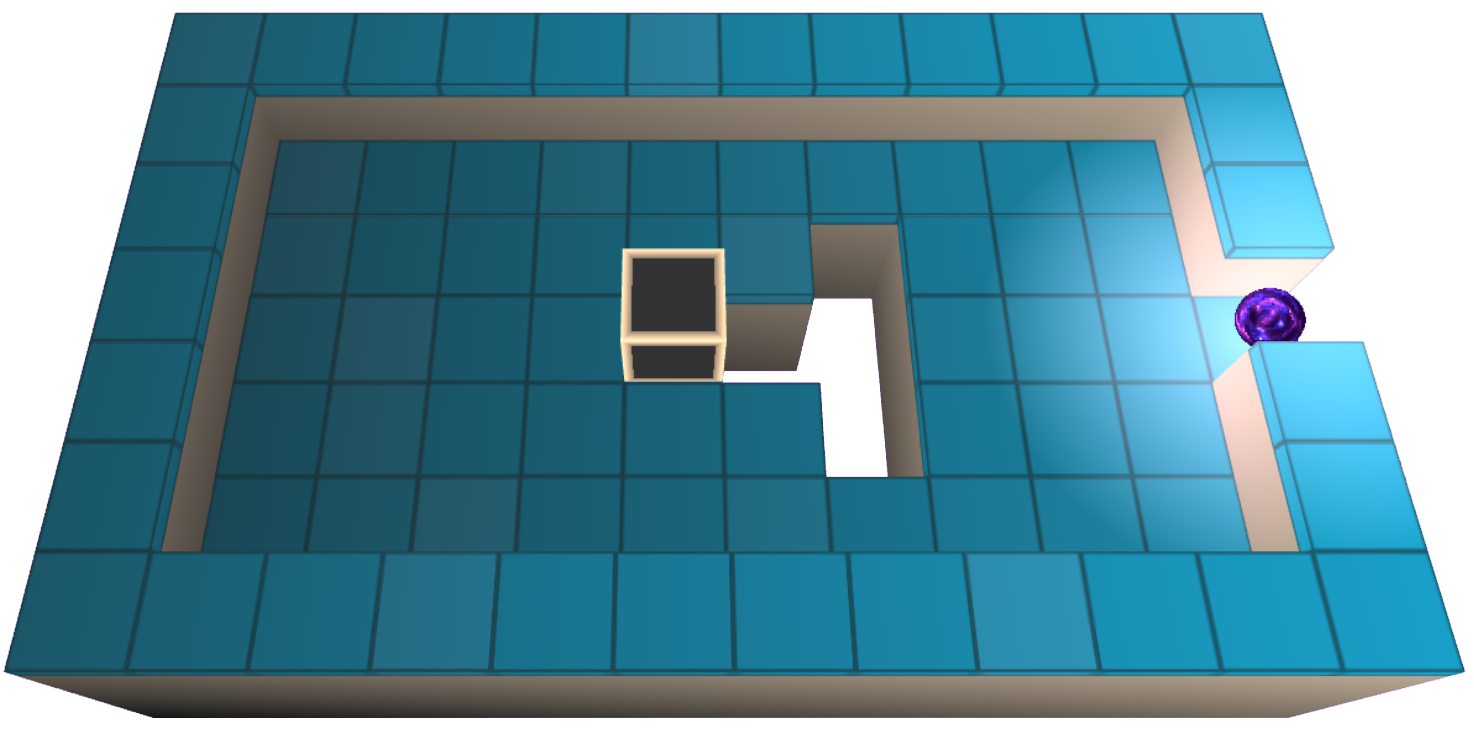Interfaces em Java
Este post cobrirá as interfaces Java com exemplos – Um esforço para ajudá-lo a descobrir algo novo.
Interfaces Java
Quando se trata de interfaces Java , usar interfaces é outra técnica para realizar a abstração .
Uma “ classe totalmente abstrata ” chamada interface é usada para agrupar métodos relacionados com corpos vazios:
Exemplo
interface Bank{ // This is an interface of a Bank
public void bank_name(); // This is an interface method contain no body
public void bank_employees(); // Another empty body method is declared here
}
Example:
A interface deve ser “implementada” (como herdada) por outra classe usando a palavra-chave implements (em vez de extends) para acessar as funções da interface.
Quando se trata de interfaces Java , a classe “implement” oferece o corpo do método da interface :
Example:
Outra abordagem.
Example:
Considerações sobre interfaces:
- Assim como as classes abstratas, uma interface não pode ser usada para construir objetos; por exemplo, no exemplo dado acima, um objeto “Programming_languages” não pode ser criado na Classe Principal.
- Os métodos de interface carecem de um corpo; em vez disso, a classe “implement” fornece um.
- Você deve substituir cada um dos métodos de uma interface ao implementá-la.
- Por padrão, os métodos de interface são públicos e abstratos.
- Por padrão, os atributos de interface public , static e final são usados.
- Um construtor é incompatível com uma interface (já que não é capaz de criar objetos).
Quando as interfaces devem ser usadas?
- Para aumentar a segurança, oculte algumas informações e exiba apenas informações importantes sobre um objeto (interface).
- A “herança múltipla” não é suportada pelo Java (uma classe só pode herdar de uma superclasse). No entanto, se se trata de interface Java , a classe pode implementar inúmeras interfaces, portanto, é alcançável com interfaces.
Lembrete: Use vírgulas para separar cada interface que deseja usar, para invocar várias interfaces (veja o exemplo abaixo).
Múltiplas Interfaces
Use uma vírgula para separar várias interfaces ao implementá-las:
Example:
Another Example:
